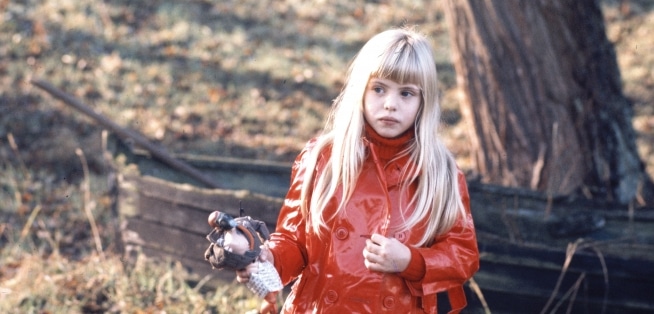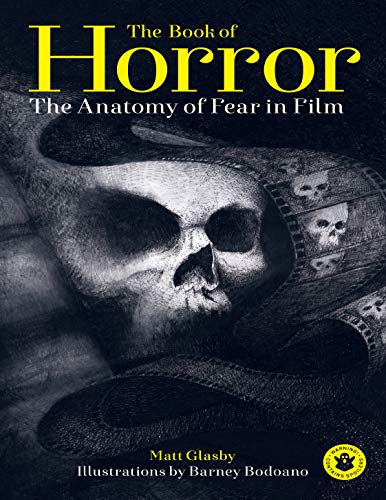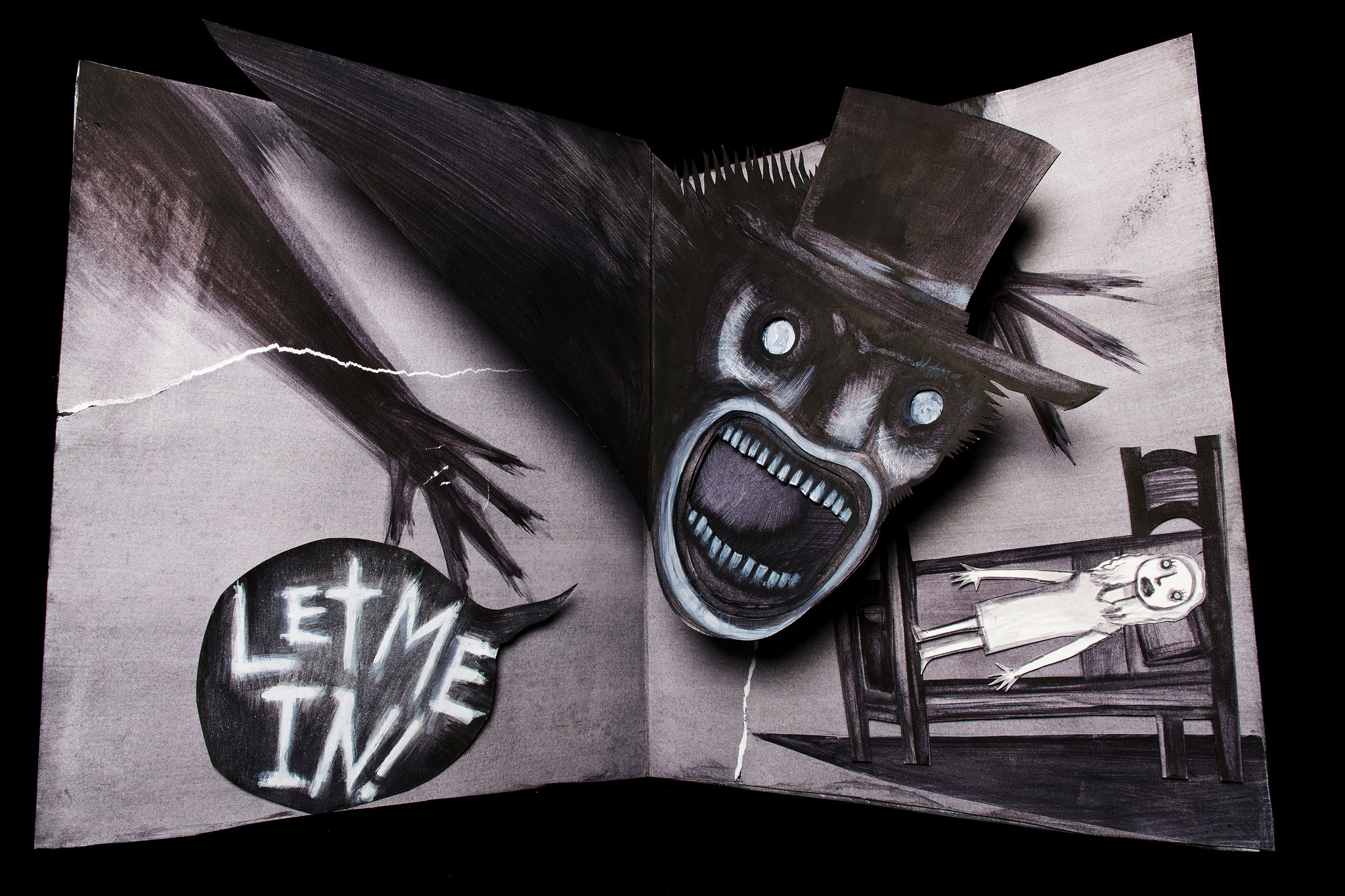
I’m afraid Matt Glasby’s book came to me via a place of great perplexity, but one which hasn’t ultimately done it any harm. When first approached to cover it, I happened upon an inexplicably angry review of the book by a woman who, in a similar vein, had angrily reviewed a Kate Summerscale book because it had ‘knocked her belief in poltergeists’. The internet is a fascinating place, let’s agree, and somehow the scathing review piqued my curiosity more than a positive review would have done; happily to say, The Book of Horror is a fine read with much to recommend it. There are lots of horror reference books and there’s lots of fan writing, but The Book of Horror distinguishes itself by trying to get to grips with what, exactly, horror is and how we relate to it.
This is done through a series of 34 film articles; these are, for reasons which are explained, all post-WWII titles, though actually the majority of them are post-2000, and otherwise a mixed range of styles and genres. Glasby spends time explaining his rationale for inclusions in the introduction, and there is a list of ground rules which he elected to follow. This is fair; having a process is an interesting approach which goes beyond liking/not liking a film, though that said, the emphasis on pure scares is relaxed when we come to the suggested further viewing which appears beneath each major inclusion – with titles like Red, White and Blue being recommended. There are some really interesting films in the suggested viewing, though, which go beyond the more ‘classic’ horror titles reserved for the main features: this ensures variety, and whilst I think you could quibble on some additions in terms of links to horror itself – okay, Red, White and Blue as an example – overall, we get a solid range of horror titles.

So how, therefore, do you evaluate the kind of horror itself, and its effects on viewers? This is a central feature of the book, and Glasby has devised an intriguing infographic-style approach to help to ascertain this, introducing seven ‘scare tactics’. These relate to the structure of the films themselves (such as how shots are composed and how this makes audiences respond), visual and aural cues, and other aspects which impact upon certain emotional responses. These then appear alongside each film in varying balance. Of course, tastes in horror are always in the eye of the beholder – but this is a considered exploration of method, and a worthwhile attempt to stratify and support the films which have been chosen. Additionally, with each concise, knowledgeable and well-written article comes a unique timeline indicating key moments in each film. Plot reveals are included, mind, so be careful if any of these are as-yet unseen titles (unlikely, but you never know). As a final note here, it was great to see Lake Mungo (2008) getting such a warm mention.
The Book of Horror: the Anatomy of Fear in Film is an interesting, entertaining read which condenses a lot of information with some novel approaches and means of doing it. You can find out more about the book, including how to purchase a copy, here.
